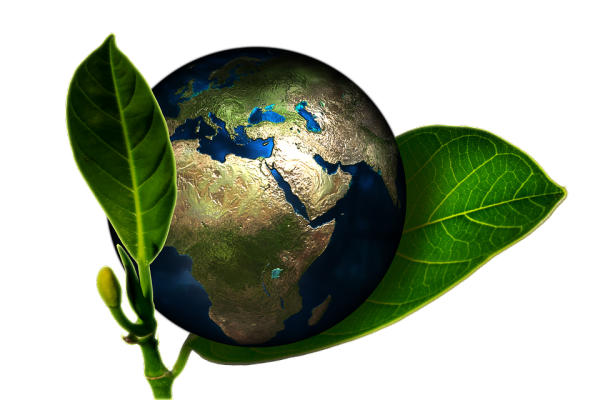Sustainable packaging reduces pollution, consumption, and waste while conserving natural resources and energy. This provides cleaner air, necessary biodiversity of plant and animal life as well as organically-rich soil that is viable for food production to sustain future generations.
Most of us today understand that the earth has finite resources and space in term of land, air, and water. The number of people living on this planet is expected to soon reach 9 billion, putting natural resources such as energy, water and land under a great deal of strain. By shifting the development into a much more environmentally-friendly direction, sustainable packaging alternatives can help us all to preserve the earth for future generations.
Sustainable packaging that is biodegradable, recyclable or made from recycled materials creates packaging alternatives that prevent landfills from piling with waste. Plastics in particular that are biodegradable, recyclable or used in smaller amounts to make sustainable packaging such as bottles and plastic bags have a tremendous effect on reducing ocean and fresh water pollutants that clog waterways, kill vital plants, algae and animals. Reducing these pollutants through sustainable packaging helps sustain drinkable water reserves as well as vital plant and animal life that we depend on for life.
Fewer landfills mean more organically viable soil for food production as well as vital oxygenating plants and trees. In addition, it means less toxic runoff into potable water reserves and streams. Using alternative means of energy production to create and transport our goods is also a big part of sustainable packaging. Biofuels, solar and wind energy reduce or eliminate the carbon emissions from fossil fuel-based energy production, which makes for cleaner air and land.
More and more trees are cut down to produce more and more corrugated cardboard packaging and other packaging items. By reducing the amounts of packaging utilized, recycling and utilizing hybrid fibers that make the packaging 100-percent biodegradable, we can reduce landfills and toxic chemicals in the land, water, and air as we plant more oxygen-producing trees that remove carbon dioxide from the atmosphere for cleaner air and organically viable soils. All of these measures collectively maintain the necessary balance for a planet that can sustain our children and grandchildren by reducing pollution, consumption and waste while conserving resources and energy.

